
Best HVAC Software for Growing Service Businesses
The right HVAC software can provide the infrastructure to support long-term, sustained growth. Here's all you need to know to choose one right for you.
Whether you manage HVAC systems for office buildings, restaurants, or data centers, Commusoft’s commercial HVAC software helps you streamline PPM schedules, track HVAC assets, recover missed revenue, and exceed client expectations—on every visit.
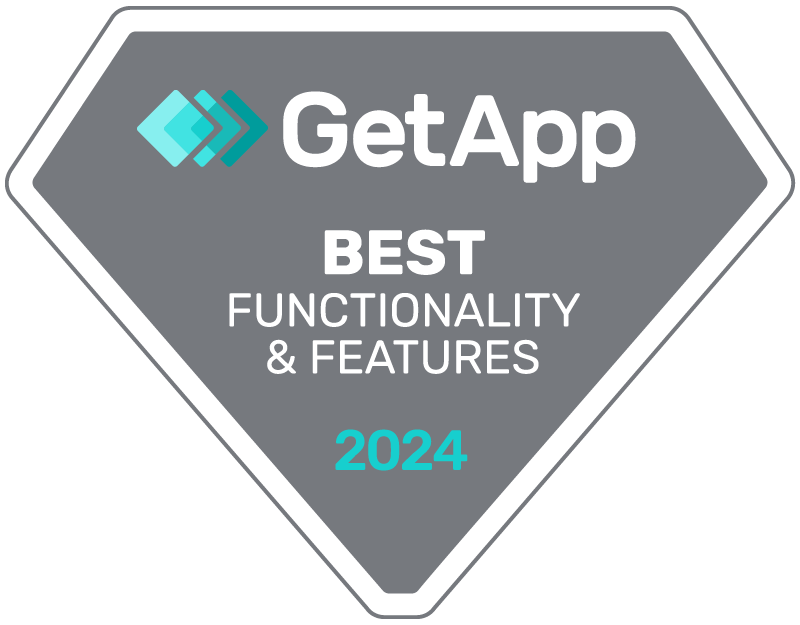


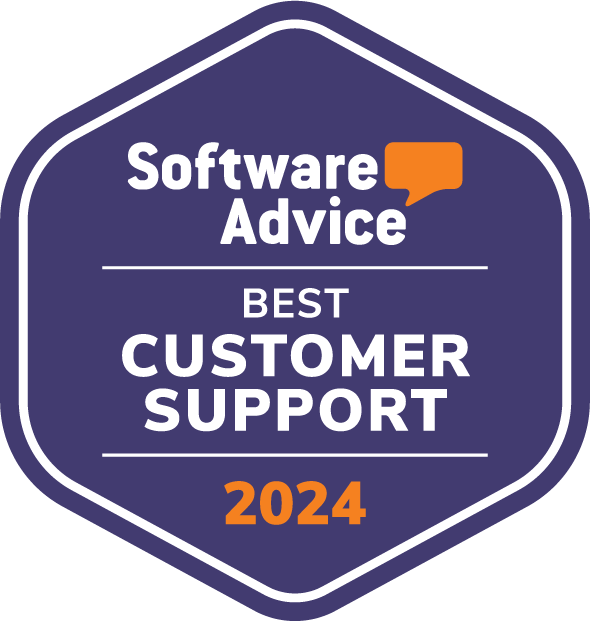
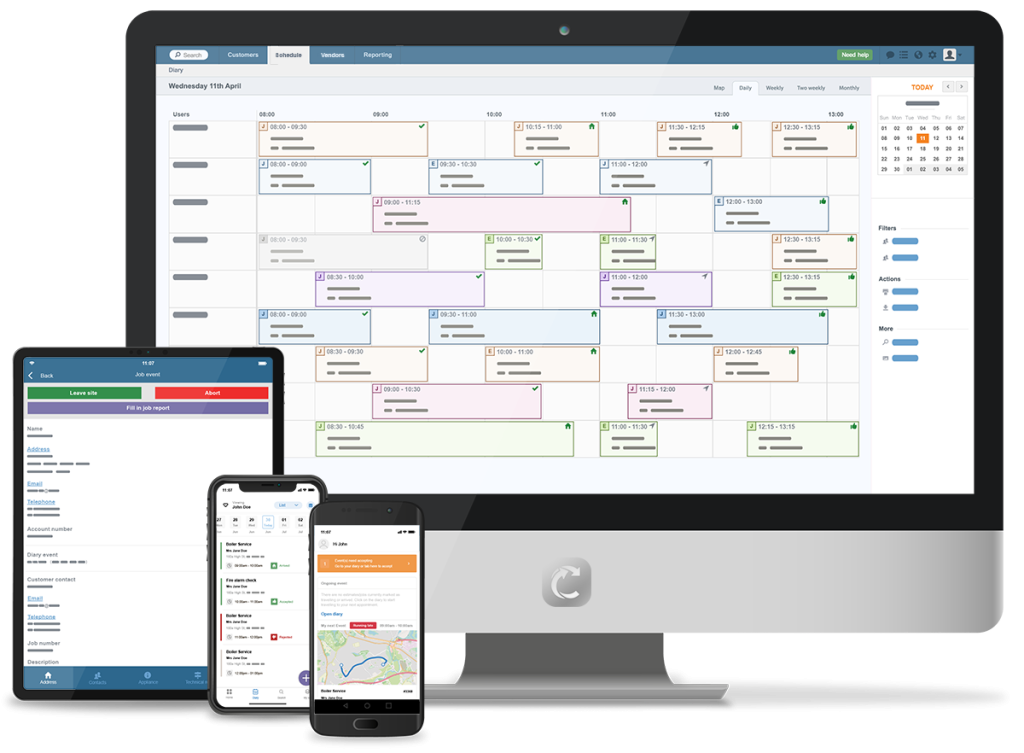
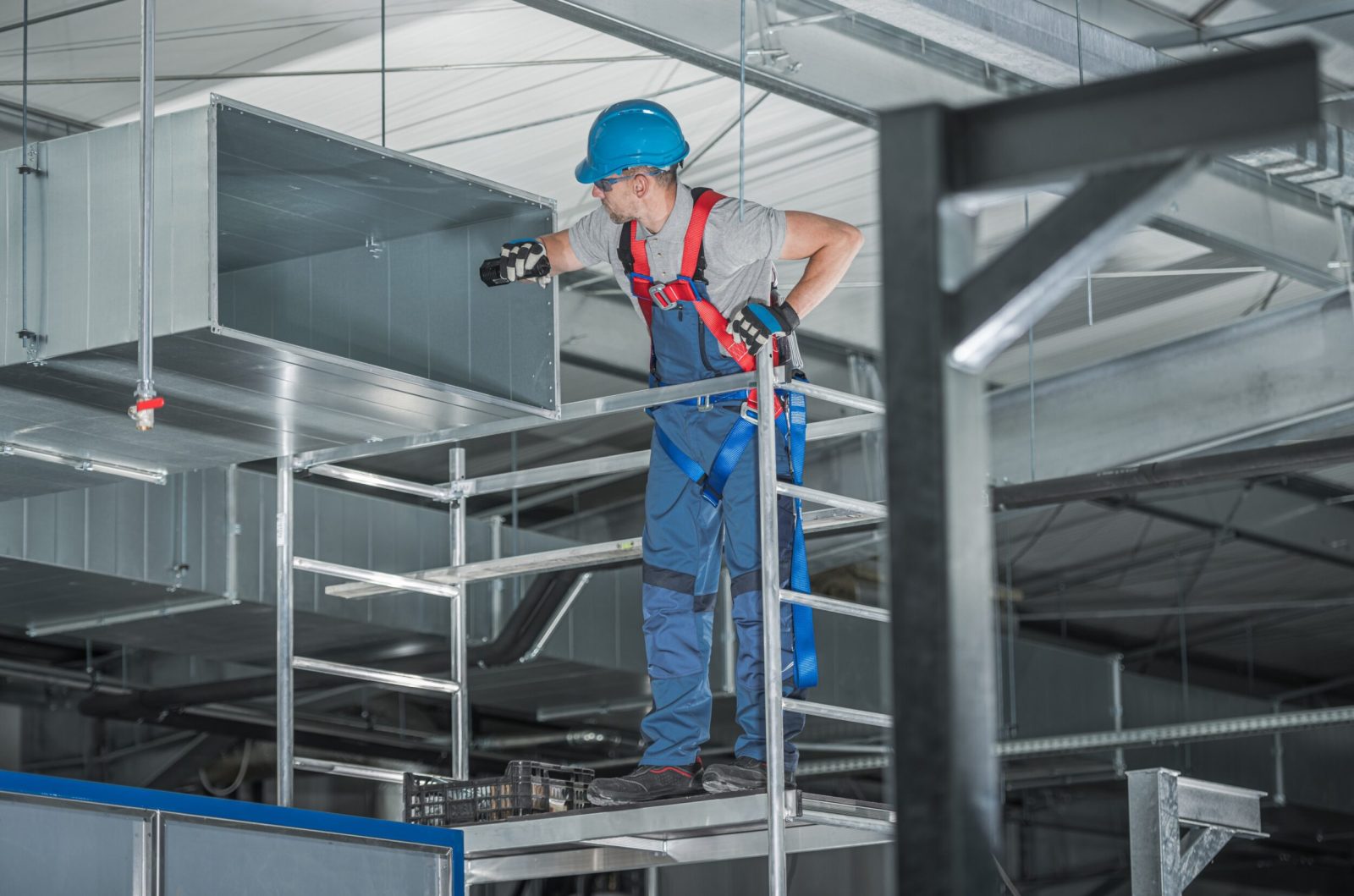
2353960
Jobs created in 2024
508756
Customers added in 2024
1567853
Invoices raised in 2024



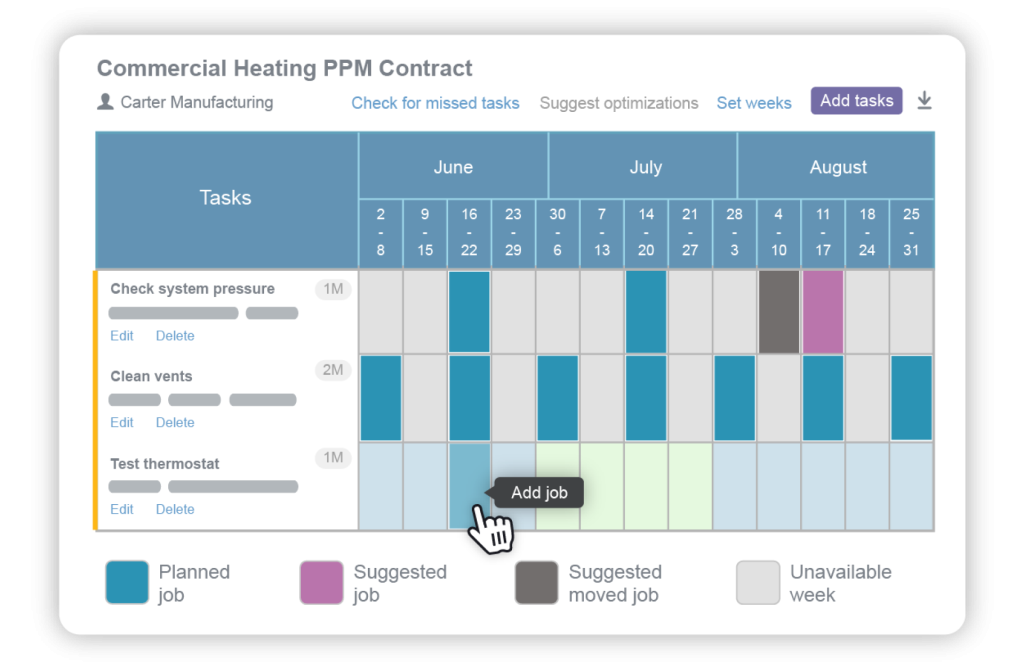
Stop relying on spreadsheets or multiple software applications to manage critical HVAC preventive maintenance tasks. Commusoft’s all-in-one platform automates every aspect of PPM contract scheduling to ensure that recurring HVAC maintenance jobs are generated and dispatched automatically. Each visit is linked to a specific HVAC unit, client site, and contract, which helps you to guarantee SLA compliance and maximize revenue.
Every preventive maintenance visit is linked to its corresponding HVAC asset, allowing you to view service history and ensure compliance with contract terms easily. From boiler inspections to rooftop unit cleanings, Commusoft gives your team a unified view of job status, documentation, and contract performance.
Whether you’re managing 10 or 1,000 commercial properties, Commusoft supports unlimited contracts and client sites. Automated HVAC maintenance workflows allow you to increase capacity without adding admin overhead, so your business can scale efficiently whilst protecting recurring revenue.
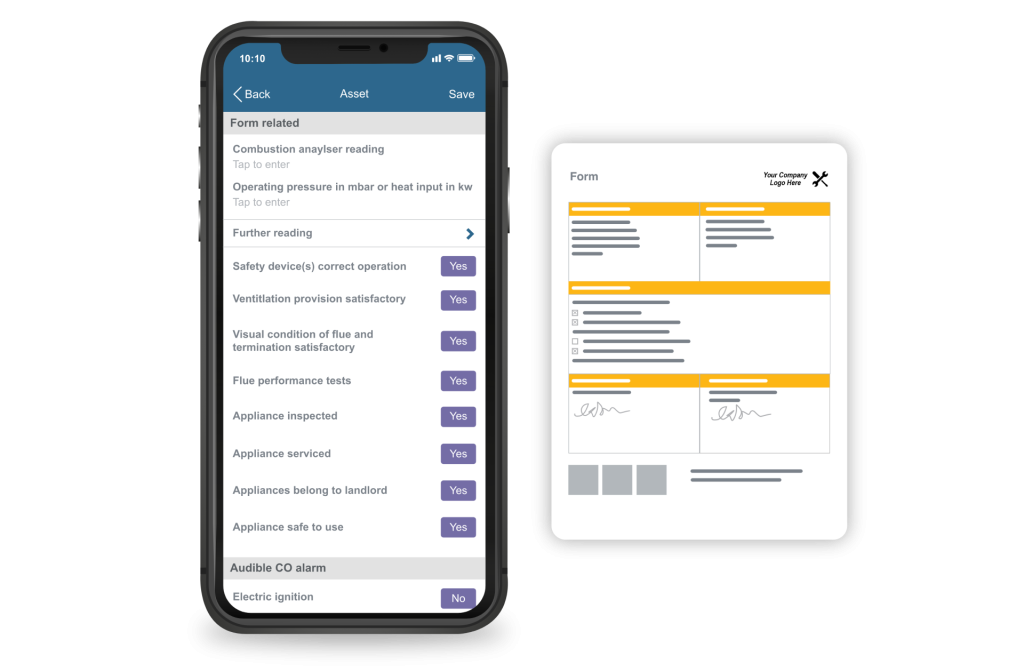
Commercial HVAC service teams handle hundreds of assets across locations. With Commusoft, every rooftop unit, chiller, AHU, or walk-in cooler has a dedicated record—complete with service history, parts, and notes—that is accessible directly from your technician’s mobile device.
From basements to rooftops, Commusoft’s mobile HVAC app also works offline. Technicians can complete jobs, fill out digital inspection forms, and log labor or parts usage without an internet connection. All this data syncs automatically when the device is back online.
With barcode scanning, parts usage tracking, and custom HVAC inspection forms, Commusoft ensures that your techs collect all job data directly on-site. This real-time documentation flows into reports, invoices, and asset records, boosting efficiency and data accuracy.
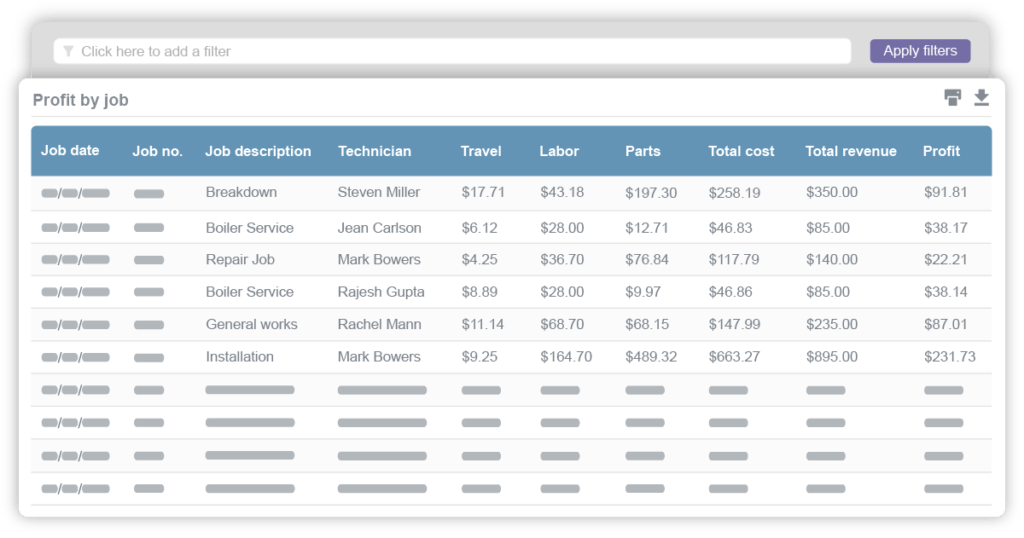
Accurate commercial HVAC job costing starts in the field, not in the back office. Commusoft ensures no revenue slips through the cracks. From technician labor and travel time to parts and materials, every detail is recorded in real time from the job site.
Gain instant insight into job performance with real-time profitability tracking. Managers can compare actual vs. quoted costs and proactively address issues, keeping their contracts profitable and projects on budget.
Commusoft adapts to your commercial HVAC invoicing needs. Invoice per job, per contract, or send consolidated monthly statements. Integrated with QuickBooks, Stripe, and GoCardless, your team can streamline billing workflows and get paid faster.
Built to support your next stage of growth.
Commusoft’s commercial HVAC software is designed for businesses growing from $5 million to $50 million in revenue. By unifying sales, service, and field operations in one system, Commusoft helps you win bigger contracts, reduce costly inefficiencies, and stay in control as your team and workload expand.
Recurring jobs, less admin
Set it and scale it. Commusoft automates recurring HVAC maintenance visits with contract-linked job generation, task lists, and service level agreement (SLA) enforcement. It helps ensure no missed visit, deadline slips, and long-term client relationships are protected, without manual work.
Every cost recovered
Know every dollar. Capture labor hours, travel time, and parts used as they happen. Commusoft provides live job profitability tracking, so you stop losing money to unlogged hours or missed billables and make smarter decisions on every contract.
Multi-site, real-time tracking
Track every unit. From rooftop RTUs to walk-in coolers, Commusoft tracks every HVAC asset across all client sites. Your techs can access full service history, part records, and maintenance reports right from the field—no signal needed.
Offline, in-field efficiency
Power in your pocket.Commusoft’s mobile app gives technicians everything they need: job details, forms, asset history, and part usage tracking, even in areas with no Wi-Fi or signal. Your field team stays productive, no matter where they are.
Right tech, right time
Every job is optimized. Commusoft suggests the most efficient job assignment based on technician skill, location, and travel time. Dispatchers can adjust on the fly and keep the calendar under control—even when things change at the last minute.
Quote, win, convert fast.
Win and deliver fast. Turn digital site assessments into professional, multi-option proposals with live pricing. Once accepted, Commusoft instantly converts proposals into scheduled jobs, keeping sales and service perfectly aligned—no rework or delays.
Commercial HVAC software is a job management platform designed for HVAC businesses that manage recurring maintenance contracts, multi-site assets, and commercial service workflows. It helps streamline scheduling, job tracking, asset history, invoicing, and customer communication.
Basic HVAC business management platforms offer customer database software, job scheduling software, and reporting dashboard software. But our HVAC management software takes it further; our clients can take appliance management to the next level with asset maintenance software, optimize their field service inventory management, and revamp customer communications with personalized alerts and notifications. With Commusoft, you can easily oversee your entire HVACR business, manage your office and remote teams, organize company finances, and more!
The future of field service is digital; and Commusoft ‘s heating software is here to make the transition from paper to digital seamless.
Ready to see Commusoft’s HVAC software in action? Schedule a call with our team today!
Absolutely. You can automate preventive maintenance schedules (PPM) by asset, site, or contract. Jobs are generated automatically, helping ensure no visits are missed and your clients remain compliant with maintenance agreements.
Further, Commusoft offers unmatched service contract management software, enabling teams like yours to effortlessly manage agreements with varying risk, increase the number of clients under contract, and create custom recurring payment cycles, all without needing to hire. This system ensures all contracted appointments are scheduled in advance, and last-minute call-outs can be accommodated.
Want to take scheduling even further? Use our job scheduling software and discover how intelligent scheduling can help your dispatchers pick the best team member and time for any given appointment. Don’t worry, you can always manually schedule and arrange appointments too – you’re in charge.
Commusoft is purpose-built for commercial HVAC, refrigeration, and mechanical contractors who perform asset-driven work through a contract-based service model; it’s ideal for businesses offering recurring maintenance.
Learn more about Commusoft’s different plans!
Not sure how to choose the best HVAC CRM for your team? We’ve gathered six questions to ask during your search!
Commusoft tracks time on site, travel, parts, and materials in real time. This data flows into live job costing reports, giving you accurate profit margins and ensuring you never miss a billable item.
Yes. Commusoft supports unlimited client sites and asset tracking—ideal for retail chains, schools, hospitals, and multi-building operations. With Commusoft’s HVAC service management software, you can create and attach detailed records of assets to jobs and properties.
Further, your team can store the history of any work that’s been done on the asset, and you can store notes such as the location of the asset so it’s easy to find once on site. Nothing falls through the cracks!
We understand that asset maintenance is a significant part of HVACR daily workflows. Learn more about how Commusoft’s asset maintenance software can help your team stay on top of customer appliances!
Commusoft is purpose-built for commercial HVAC contractors managing complex jobs, long-term maintenance contracts, and multi-site client portfolios. We support businesses ranging from $5M to $50M in revenue that are scaling operations and need a platform to grow with them.
Commusoft’s team supports your business every step of the way. We provide expert onboarding for commercial teams migrating from residential platforms, such as Housecall Pro, or complex systems, like BuildOps.

The right HVAC software can provide the infrastructure to support long-term, sustained growth. Here's all you need to know to choose one right for you.
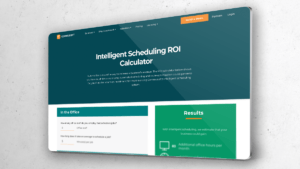
This ROI calculator shows you how much time and money automated scheduling and route optimization could generate for you.

"There is no way we could run our business efficiently and effectively... we just simply could not run it without Commusoft - it would be impossible."